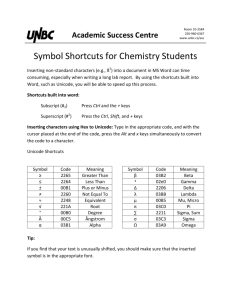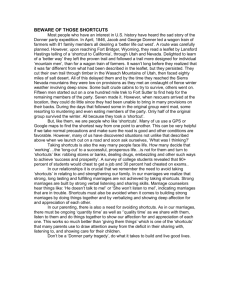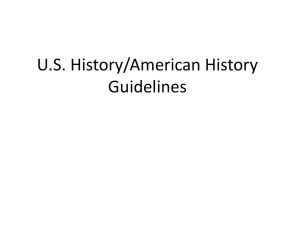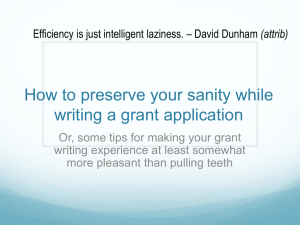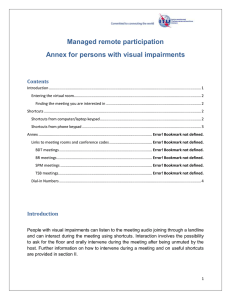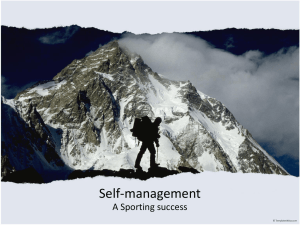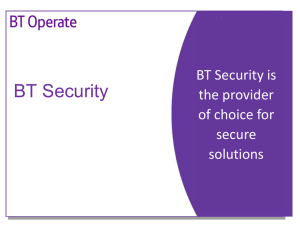Time Vs. Risk
advertisement
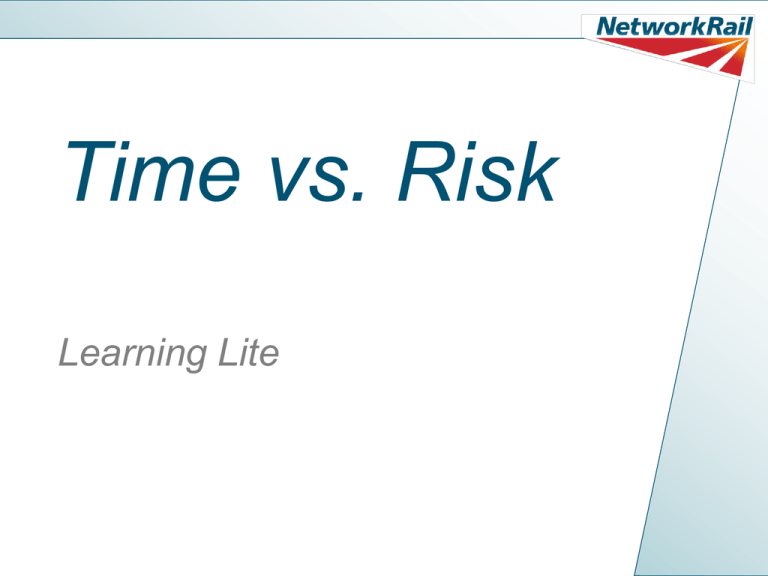
Time vs. Risk Learning Lite Time vs Risk – Rolling the Dice Since we lived in caves we have had the temptation to cut corners or take shortcuts. It’s part of our Programming. It’s why we invented the wheel! It’s part of our every day life. We constantly work out how long something will take; consider how that might affect us or others and then make a decision. Time vs Risk – Rolling the Dice Sometimes we don’t consider what we are compromising in order to save time. When it comes to safety, it is these compromises that are causal links to accidents. Why is it important? Understanding what Time vs Risk is and why it is a behaviour based safety principle enables us to make better decisions and change how we plan tasks and perform them. So we have an opportunity to; • Make our industry safer •Prioritse safety •Improve work plans Why is this a principle of Behaviour Based Safety? Our behaviours are everything we do and everything we say. We strive for a balance between time and risk Our objective should always be limiting risk and hazard exposure first If saving time is more important to us than the risk we could expose ourselves to, then we need to look at how we plan or do our work Why do we do it? People don’t take shortcuts with the intention of getting hurt. We know that sometimes; • Hazards are familiar or forgettable, which affects our perception of them • There might be short term gain by ignoring procedures • Our colleagues may be leading by negative example • There is greater (either perceived or actual) pressure on delivery • People just don’t know any different Are you doing it positively? Some examples… You are if you; • Choose to carry only what you can handle even though it may take more return trips • Ask for help with lifting something or wait until someone is free to help • Use a ladder instead of a chair • Go back to the equipment hut to get the right tool or PPE rather than “making do” • Slow down when you see an amber traffic light So …. How to do it positively? • Choose to prioritise safety over saving time and work with your team to help them make the same choice • Offer help when you see someone struggling, rushing or about to take a shortcut • Look at how your worksite / project site / office is laid out and watch people work – are they taking shortcuts? • Consider introducing dynamic risk assessments so people are encouraged to think about the ‘risk’ aspect of a task • Explain or re-brief colleagues to reinforce positive behaviours and reduce the temptation of taking a short-cut Remember • If you choose to save time at all costs you or someone else may be harmed • The quickest way is not always the right way • People’s perceptions of risks vary so sense check and ask questions • People may believe that they are working correctly • We can coach, mentor and challenge our colleagues to encourage safe working behaviours So what did we learn? •Sometimes we don’t realise what we are compromising in order to save time •Planning work and worksites with enough time consideration, and using the correct equipment reduces the temptation to take shortcuts •A fit for purpose rule or procedure is one that can be adhered to without the need to take shortcuts •We have the right to expect rules and procedures to be fit for purpose. If they aren’t – challenge it!
